Identifying the Key Genes for Regeneration | HHMI BioInteractive (2017)
All multi-cellular organisms have a healing response. Most have the ability to regenerate lost body parts. Plants regenerate in fairly similar ways across diverse families. Animals on the other hand show a remarkable diversity. One can shred a sponge into pieces but the cells can rearrange and organize themselves in a surprisingly rapid manner. Human tissue and organ regeneration is a curious goal for medicine. However in order to achieve this one must understand whether there are common cellular and […]


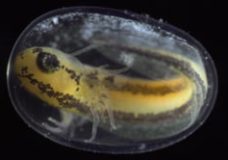
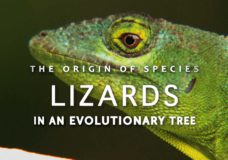
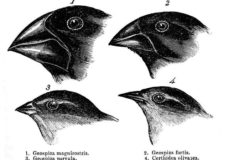
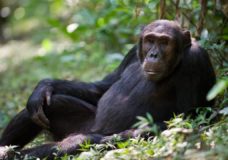
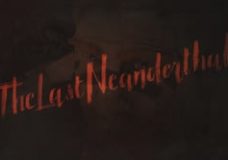
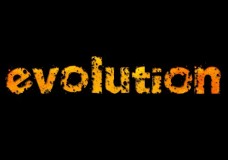
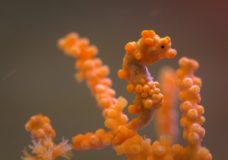
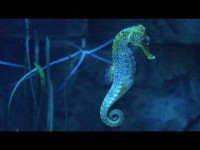
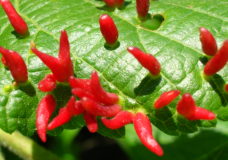
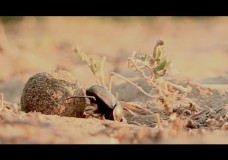
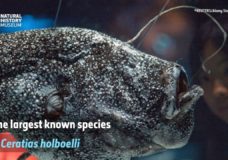
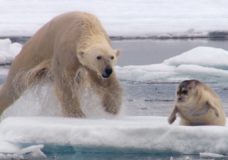



Recent Comments